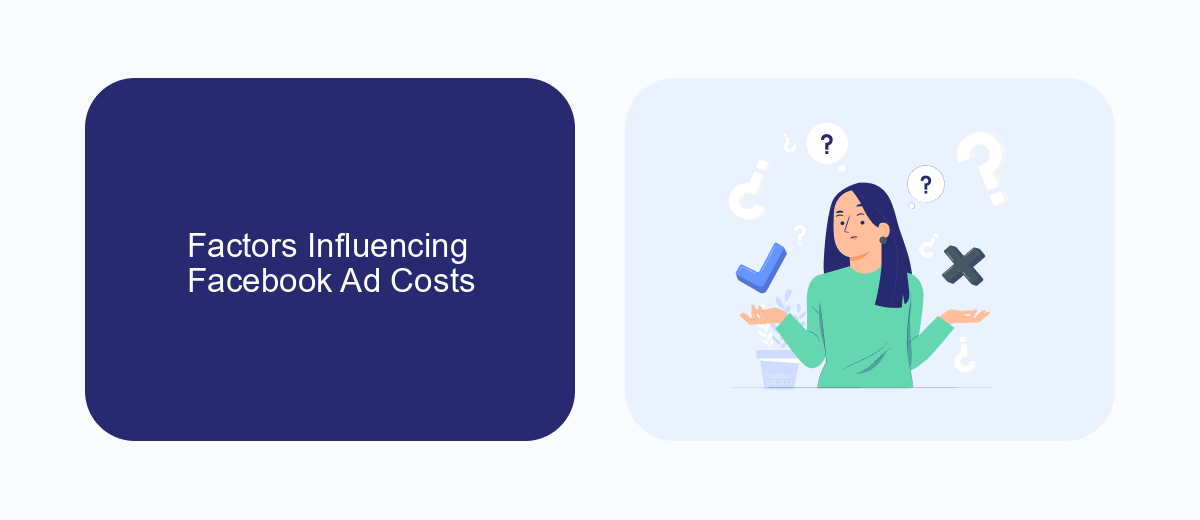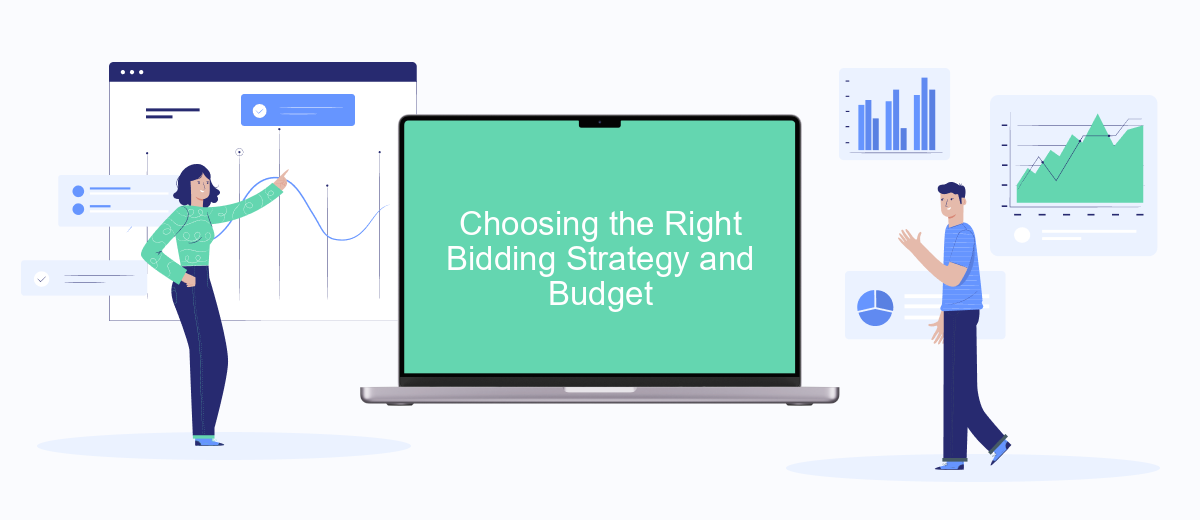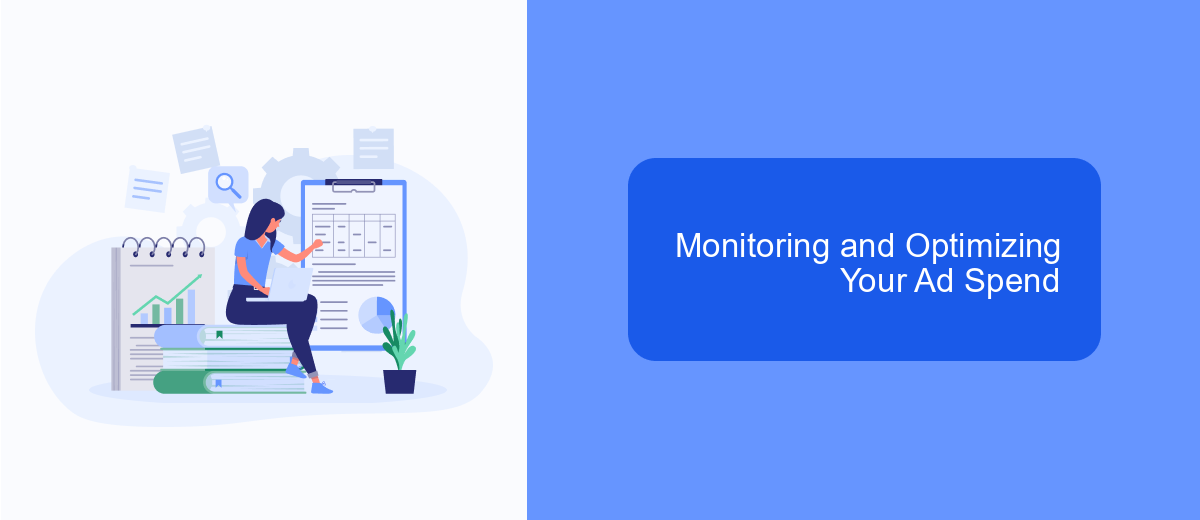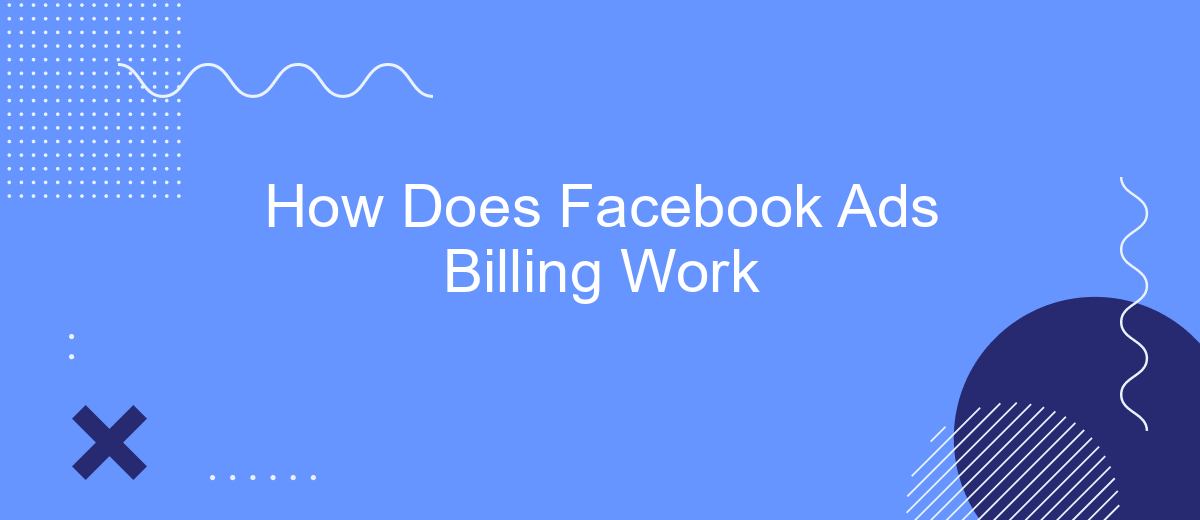Understanding how Facebook Ads billing works is crucial for businesses looking to optimize their advertising budget. Facebook offers a dynamic billing system that charges advertisers based on various factors, such as ad delivery and performance. This article will guide you through the billing process, helping you comprehend payment methods, billing thresholds, and how to manage your ad spend effectively to achieve your marketing goals.
Understanding the Facebook Ads Bidding System
The Facebook Ads bidding system is a dynamic auction where advertisers compete to display their ads to target audiences. This system determines which ads are shown based on several factors, including bid amount, ad quality, and expected action rates. Advertisers set a budget and a bid strategy, which can be manual or automatic, to control how much they're willing to pay for a desired action, such as a click or conversion.
- Bid Amount: The maximum amount you are willing to pay for a desired action.
- Ad Quality: Determined by the relevance and engagement of your ad content.
- Expected Action Rates: The likelihood of your ad achieving its objective, such as clicks or conversions.
Balancing these components ensures that your ads are competitive in the auction. Facebook's algorithm evaluates all these factors to decide which ads are shown to users. By optimizing your bid strategy and enhancing ad quality, you can improve your chances of winning auctions and reaching your target audience effectively.
Factors Influencing Facebook Ad Costs

Facebook ad costs are influenced by a variety of factors, each playing a crucial role in determining the expense of your advertising campaign. One of the primary factors is audience targeting; the more specific and competitive your target audience, the higher the potential costs. Additionally, ad placement can significantly affect costs, as different placements, such as the Facebook News Feed or Instagram Stories, come with varying price points. The time of year also plays a role, with costs typically rising during peak advertising seasons such as the holidays.
Another important factor is the ad's objective and bidding strategy. Different objectives, like conversions or brand awareness, can have different cost implications. Moreover, the quality and relevance of your ad content can directly impact costs, as Facebook rewards engaging and relevant ads with lower prices. To optimize ad spend, integrating tools like SaveMyLeads can be beneficial. SaveMyLeads automates lead data transfer, ensuring that your advertising efforts are efficiently managed and that you get the most out of your budget by reducing manual errors and enhancing lead conversion rates.
Choosing the Right Bidding Strategy and Budget

When it comes to Facebook Ads, selecting the appropriate bidding strategy and budget is crucial for achieving your advertising goals. Your choice should align with your campaign objectives, whether it's increasing brand awareness, driving website traffic, or boosting conversions. Understanding the nuances of each option can help you optimize your ad spend effectively.
- Cost-Per-Click (CPC): Ideal for campaigns focused on driving traffic to your website. You pay each time someone clicks on your ad.
- Cost-Per-Impression (CPM): Suitable for brand awareness campaigns, where you pay for every 1,000 impressions your ad receives.
- Cost-Per-Action (CPA): Best for conversion-focused campaigns, where you pay when a user completes a specific action, like signing up or making a purchase.
- Daily Budget: Sets a limit on how much you're willing to spend each day, providing control over your daily ad spend.
- Lifetime Budget: Allows you to set a total budget for the entire duration of your campaign, distributing spend over the campaign’s life.
Choosing the right combination of bidding strategy and budget requires careful consideration of your campaign goals and financial constraints. Test different strategies to find what works best for your target audience and objectives. Regularly monitor performance and adjust your settings to maximize ROI and achieve desired outcomes.
Monitoring and Optimizing Your Ad Spend

Effectively managing your Facebook ad spend requires continuous monitoring and strategic optimization. By keeping a close eye on your campaigns, you can ensure that your advertising budget is being used efficiently and delivering the desired results. Regular analysis of your ad performance is crucial to identify areas for improvement and to make data-driven decisions.
Start by setting clear objectives for your campaigns, such as increasing brand awareness or driving conversions. Use Facebook's Ads Manager to track key metrics like reach, engagement, and conversion rates. This will help you understand how your ads are performing and where adjustments may be needed. It's important to remain flexible and ready to adapt your strategy based on the insights you gather.
- Regularly review your ad performance data.
- Adjust your target audience based on engagement metrics.
- Test different ad creatives and formats to see what resonates best.
- Optimize your bidding strategy to maximize ROI.
By consistently monitoring and optimizing your ad spend, you can ensure that your Facebook advertising efforts are both cost-effective and impactful. This proactive approach allows you to refine your strategy over time, leading to better outcomes and a higher return on investment.


Managing Your Payment Methods and Billing Cycle
Managing your payment methods and billing cycle on Facebook Ads is crucial for maintaining control over your advertising expenses. To start, navigate to the 'Payment Settings' section of your Facebook Ads Manager. Here, you can add, remove, or update your payment methods, ensuring that your preferred credit card or PayPal account is always ready for transactions. It's important to regularly review and update these settings to avoid any disruptions in your ad campaigns due to payment issues. Additionally, Facebook allows you to set a billing threshold, which means you'll be billed once your ad spend reaches a certain amount, providing flexibility in managing your budget.
Understanding your billing cycle is equally important. Facebook typically bills advertisers at the end of the month or when the billing threshold is reached. To streamline this process, consider using integration services like SaveMyLeads, which can automate your billing notifications and help you track expenses more efficiently. By leveraging such tools, you can ensure timely payments and uninterrupted ad performance. Regularly monitoring your billing cycle and payment methods will help you maintain a seamless advertising experience on Facebook.
FAQ
How does Facebook charge for ads?
What is a billing threshold?
How can I view my Facebook Ads billing information?
What payment methods does Facebook accept for ads?
How can I automate my Facebook Ads billing and notifications?
What do you do with the data you get from Facebook lead forms? Do you send them to the manager, add them to mailing services, transfer them to the CRM system, use them to implement feedback? Automate all of these processes with the SaveMyLeads online connector. Create integrations so that new Facebook leads are automatically transferred to instant messengers, mailing services, task managers and other tools. Save yourself and your company's employees from routine work.
